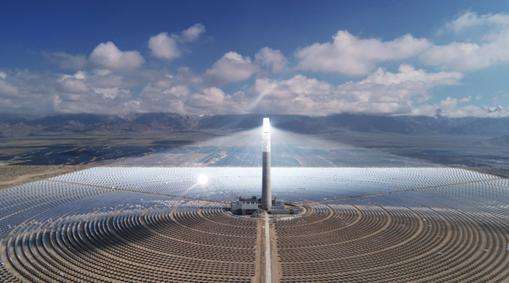First of all, your question is too general.
This is a high-power unit built in several types of wind farms. CEI1, 2 or 3?
What type of tower shape is used, firm type? Conical tubular? (The latter is more common, but the former is also used)
What is the geological condition of the wind farm? The foundation is naturally different depending on the geological conditions. If you are responsible for this, you need to find a qualified design institute.
Furthermore, even for wind farms of the same power and level, large manufacturers (those with real design capabilities) will generally provide towers of different heights depending on the topography of the wind farm and other characteristics.
I'll give you an example that I encountered:
The 2 MW conical tubular steel tower used in IEC2 wind farms is 73 meters high and has threesections, with an upper diameter of 3.1 meters and a lower diameter of 4.2 meters. The thickness of the walls in different places is 12-28 mm, and the weight is 130 tons. The foundation depends on where it is built. Typically, the total quantity of reinforced concrete used amounts to several hundred tons.
According to data from Baidu Wenku, the wind field conditions for the construction of Caofeidian wind farm are as follows:
Weather conditions:
< p>1 The quality of wind energy must be high. The primary condition for a wind farm site must be abundant wind energy resources. The annual average wind speed is more than 5 m/s, the effective wind hours at a height of 30 m are more than 6,000 hours, and the effective wind power density is more than 240 W/m^2.2. The prevailing wind direction at the wind farm site is stable. One direction stWind power can not only increase the utilization of wind energy, but also extend the lifespan of wind turbines.
3. The degree of turbulence in wind farms must be low.
4. There should be fewer natural disasters at wind sites. Strong winds, hail, thunderstorms, earthquakes, etc. will affect all wind turbines.
Social and natural conditions: 1. The terrain of the wind power site should be relatively flat and the geological conditions should be good to facilitate civil construction.
2. Convenient transportation. It is necessary to determine whether the provision of equipment and transportation of key construction materials of the proposed wind farm is practical. Is it suitable for building and transporting large cranes and flatbed trucks?
3. Wind farms should be as close as possible to the grid access point. For example: near sub-stations and existing 10 KV and 66 KV lines to reduce power losses and delivery project costs. Occupy as little cultivated land as possible to reduce ecological damage.
4. Surrounding environment. The construction of wind farms generally affects the normal life and migration of birds and birds. In order to protect the ecology, the site should try to avoid bird flight routes, migratory birds and animal habitats, etc., and stay away from nature reserves. military installations and densely populated areas, etc.














